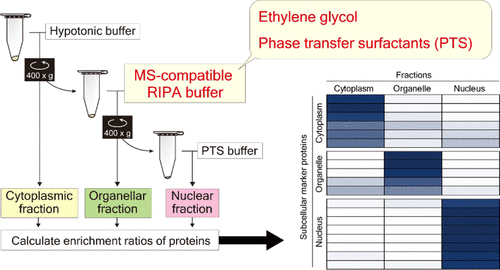The first set is what known as “Locational Fractionation” which you can use in combination with “regular” verbal Fractionation which will create an illusion of familiarity with you. The second set is a specialized Fractionation sequence which you can use to rekindle an old romance or get an ex-girlfriend back. Definition of fractionation in the Definitions.net dictionary. Meaning of fractionation. What does fractionation mean? Information and translations of fractionation in the most comprehensive dictionary definitions resource on the web. Fractionation is a Mind Control technique which means that it is entirely different from anything you’ve seen before I can pretty much promise you this. In short, you’re going to discover how to use industrial grade Mind Control techniques to attract women in record speed.

Fractionation is a separation process in which a certain quantity of a mixture (gas, solid, liquid, enzymes, suspension, or isotope) is divided during a phase transition, into a number of smaller quantities (fractions) in which the composition varies according to a gradient. Fractions are collected based on differences in a specific property of the individual components. A common trait in fractionations is the need to find an optimum between the amount of fractions collected and the desired purity in each fraction. Fractionation makes it possible to isolate more than two components in a mixture in a single run. This property sets it apart from other separation techniques.
Fractionation is widely employed in many branches of science and technology. Mixtures of liquids and gases are separated by fractional distillation by difference in boiling point. Fractionation of components also takes place in column chromatography by a difference in affinity between stationary phase and the mobile phase. In fractional crystallization and fractional freezing, chemical substances are fractionated based on difference in solubility at a given temperature. In cell fractionation, cell components are separated by difference in mass.
Of natural samples[edit]
Bioassay-guided fractionation[edit]

A typical protocol to isolate a pure chemical agent from natural origin is, step-by-step separation of extracted components based on differences in their bioassay-guided fractionation physicochemical properties, and assessing the biological activity, followed by next round of separation and assaying. Typically, such work is initiated after a given crude extract is deemed 'active' in a particular in vitro assay.
Blood fractionation[edit]
The process of blood fractionation involves separation of blood into its main components. Blood fractionation refers generally to the process of separation using a centrifuge (centrifugation), after which three major blood components can be visualized: plasma, buffy coat and erythrocytes(blood cells). These separated components can be analyzed and often further separated.
Of food[edit]
Fractionation is also used for culinary purposes, as coconut oil, palm oil, and palm kernel oil are fractionated to produce oils of different viscosities, that may be used for different purposes. These oils typically use fractional crystallization (separation by solubility at temperatures) for the separation process instead of distillation. Mango oil is an oil fraction obtained during the processing of mango butter.
Milk can also be fractionated to recover the milk protein concentrate or the milk basic proteins fraction.
Isotope fractionation[edit]
See also[edit]
References[edit]
Fractionation Process
Further reading[edit]
- Laboratory Handbook for Fractionation of Natural Extracts., by Peter J. Houghtonand Amala Raman, publisher: Chapman & Hall, 1998 - 199 pages
Fractionation
Blood fractionation is the process of fractionatingwhole blood, or separating it into its component parts. This is typically done by centrifuging the blood.
The resulting components are:
- a clear solution of blood plasma in the upper phase (which can be separated into its own fractions, see Blood plasma fractionation),
- the buffy coat, which is a thin layer of leukocytes (white blood cells) mixed with platelets in the middle, and
- erythrocytes (red blood cells) at the bottom of the centrifuge tube.
Serum separation tubes (SSTs) are tubes used in phlebotomy containing a silicone gel; when centrifuged the silicone gel forms a layer on top of the buffy coat, allowing the blood serum to be removed more effectively for testing and related purposes.
Plasma protein fractionation[edit]
Plasma proteins are separated by using the inherent differences of each protein. Fractionation involves changing the conditions of the pooled plasma (e.g., the temperature or the acidity) so that proteins that are normally dissolved in the plasma fluid become insoluble, forming large clumps, called precipitate. The insoluble protein can be collected by centrifugation. One of the very effective ways for carrying out this process is the addition of alcohol to the plasma membrane pool while simultaneously cooling the pool. This process is sometimes called cold alcohol fractionation or ethanol fractionation. It was described by and bears the eponym of Dr Edwin J. Cohn. This procedure is carried out in a series of steps so that a single pool of plasma yields several different protein products, such as albumin and immune globulin.[1][2] Human serum albumin prepared by this process is used in some vaccines, for treating burn victims, and other medical applications.
See also[edit]
References[edit]
- ^Blood Plasma Pooling (from the Bloodbook.com website)
- ^Statement by Dr. Kathryn Zoon, Food and Drug Administration (before the U.S. Congress, July 31, 1997) (via archive.org)


